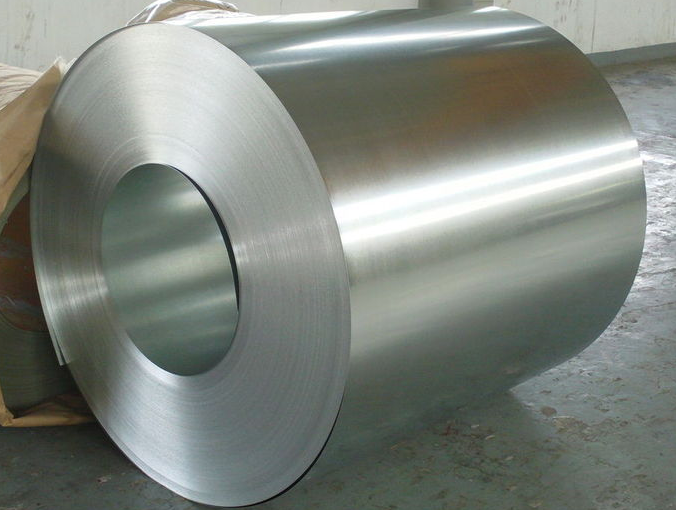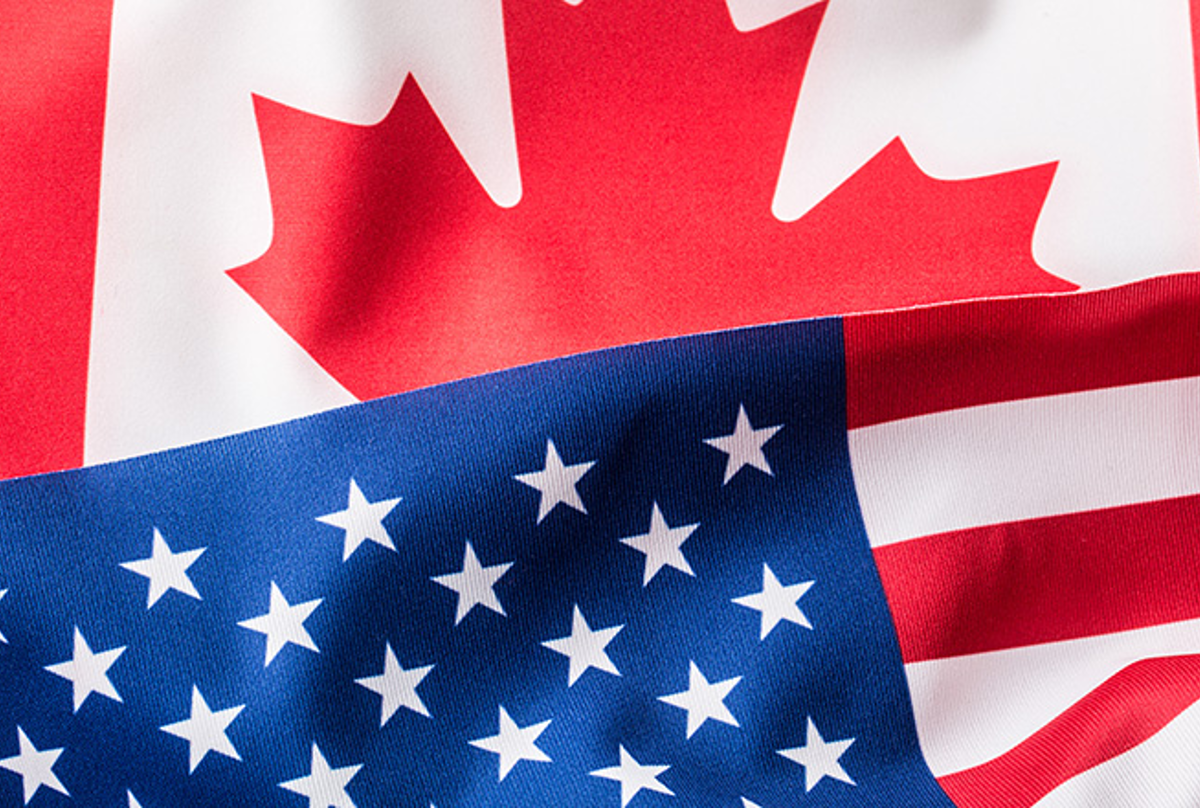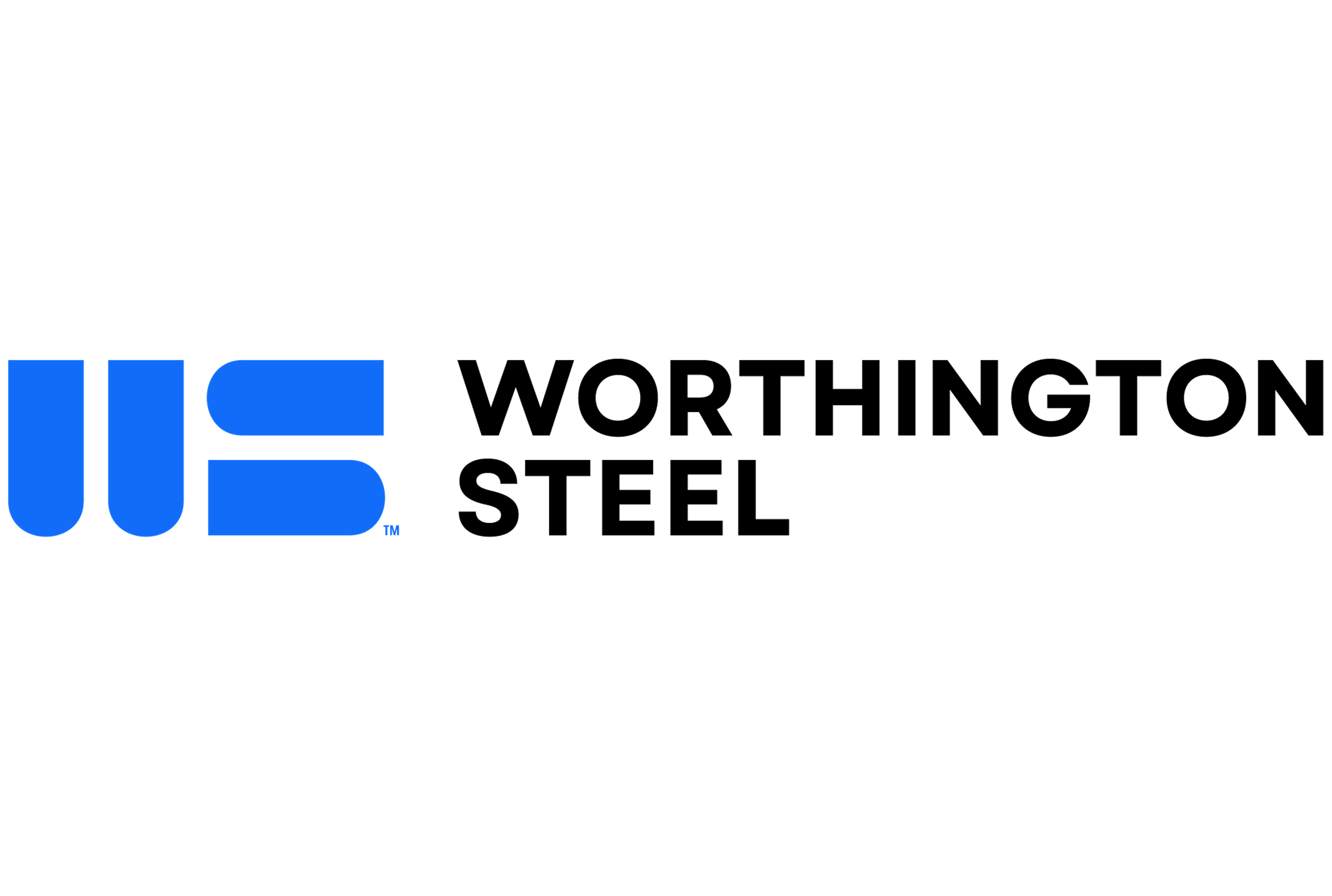Canada

July 29, 2025
Here’s what’s up next in the big coated steel trade case
Written by Laura Miller
Attorneys representing domestic petitioners and foreign respondent companies have been busy filing case briefings and making rebuttals as the corrosion-resistant steel unfair trade investigations begin to wind down.
The US government has been conducting the dumping and subsidy investigations since September. That’s when Steel Dynamics Inc. (SDI), Nucor, U.S. Steel, Wheeling-Nippon Steel, and the United Steelworkers union petitioned the government, requesting relief from imports of coated flat-rolled steel.
After various case postponements and delays, two final hearings have now been scheduled. The US Department of Commerce will hold a public hearing this Friday, Aug. 1, in Washington, D.C., and the International Trade Commission’s (ITC’s) final hearing in D.C. is slated for Tuesday, Aug. 12. There, case participants will have the chance to make their final pleas and state their final arguments.
Then, by Monday, Aug. 25, Commerce will issue final anti-dumping and countervailing duty (AD/CVD) margins for all countries and companies involved.
Recall that the agency set preliminary AD margins ranging from 0% to 138% in April and initial CVD rates of 0% to 140% earlier in the year.
A month after the final AD/CVD rates are set, ITC commissioners will cast their votes on whether they believe that coated steel imports from Canada, Mexico, Brazil, the Netherlands, Turkey, the UAE, Vietnam, Taiwan, Australia, and South Africa are injuring the domestic industry.
In the event of affirmative injury rulings from the ITC, ADs and CVDs will officially be imposed at the rates determined by Commerce. The duties would then remain in place for at least five years. After the five-year mark, the government would be required to conduct sunset reviews to determine if the duties should continue on or be allowed to expire.
However, if the ITC votes in September that CORE imports are not hurting the US market, the investigation(s) would be terminated at the very last minute, with no duties imposed and the reimbursement of any duties already paid.
| Upcoming CORE trade case events | Date |
|---|---|
| DOC Public Hearing | Aug. 1 |
| ITC Final Hearing | Aug. 12 |
| DOC Issues Final AD/CVD Margin Determinations | Aug. 25 |
| ITC Final Injury Vote | Sept. 25 |
| ITC Issues Final Determination | Oct. 8 |
A note on Canada
In their July 25 case briefing, attorneys for ArcelorMittal Dofasco argue that Commerce unlawfully initiated the case against Canada in September.
According to the Tariff Act of 1930, Commerce can only lawfully begin an investigation by petition if the petitioner(s) represent at least 50% of the domestic industry.
You may recall that only SDI and Nucor are seeking duties against Canada.
“Given the dearth of express support for the petition against Canada, Commerce was obligated to poll the domestic industry … to ascertain whether a sufficient proportion of the industry supported the Petition,” counsel for ArcelorMittal Dofasco argues.
They want the case against Canada terminated as a result.
ArcelorMittal Dofasco received the smallest initial AD margin for Canadian producers at 2.31%. (Stelco’s was 5.93%, Nova Steel’s 52.08%, and the all others rate was 2.6%.) Its preliminary CVD rate of 1.21% was also the smallest, compared to 1.22% for all others, 1.4% for Stelco, and 41.4% for Nova Steel.
Commerce methodology change
Earlier this month, Commerce informed the companies involved in these investigations that it is making changes to its differential pricing analysis to bring it into compliance with a recent ruling by the US Court of Appeals for the Federal Circuit.
The agency recalculated the preliminary dumping margins using the new analysis system, noting “that there is no meaningful difference” between the revised and original rates.
Some lawyers representing foreign companies have taken issue with the Department’s decision to modify the pricing analysis in the middle of these investigations.
Push for the return of ‘zeroing’
In their comments on the new pricing analysis, attorneys for the domestic petitioners are pushing for a return to the use of ‘zeroing.’
Zeroing methodology denies offsets to positive dumping margins by assigning a value of zero to non-dumped sales. To put it simply, this method typically results in higher dumping margins. The practice was widely used by Commerce for decades but abandoned in 2006 after an adverse World Trade Organization (WTO) ruling against it.
In a July 25 case brief, petitioners’ counsel argues for a return to the use of zeroing. They say a recent Supreme Court decision (Loper Bright Enterprises v. Raimondo, 2024) and the Trump administration’s “America First” policy require it. President Trump instructed the Secretary of Commerce on his first day in office to review AD and CVD policies, including zeroing methodology, they said.
“Under the best reading of the antidumping statute, the Department is required to zero non-dumped sales and must do so in the final determination in this investigation,” they contend.
However, if zeroing is not applied in these cases, the legal representatives said the use of the new differential pricing test would be “a reasonable approach.”
We’ll likely have to wait until Commerce issues final margin determinations in late August to see the methodologies used and their impact on the dumping and subsidy margins.







